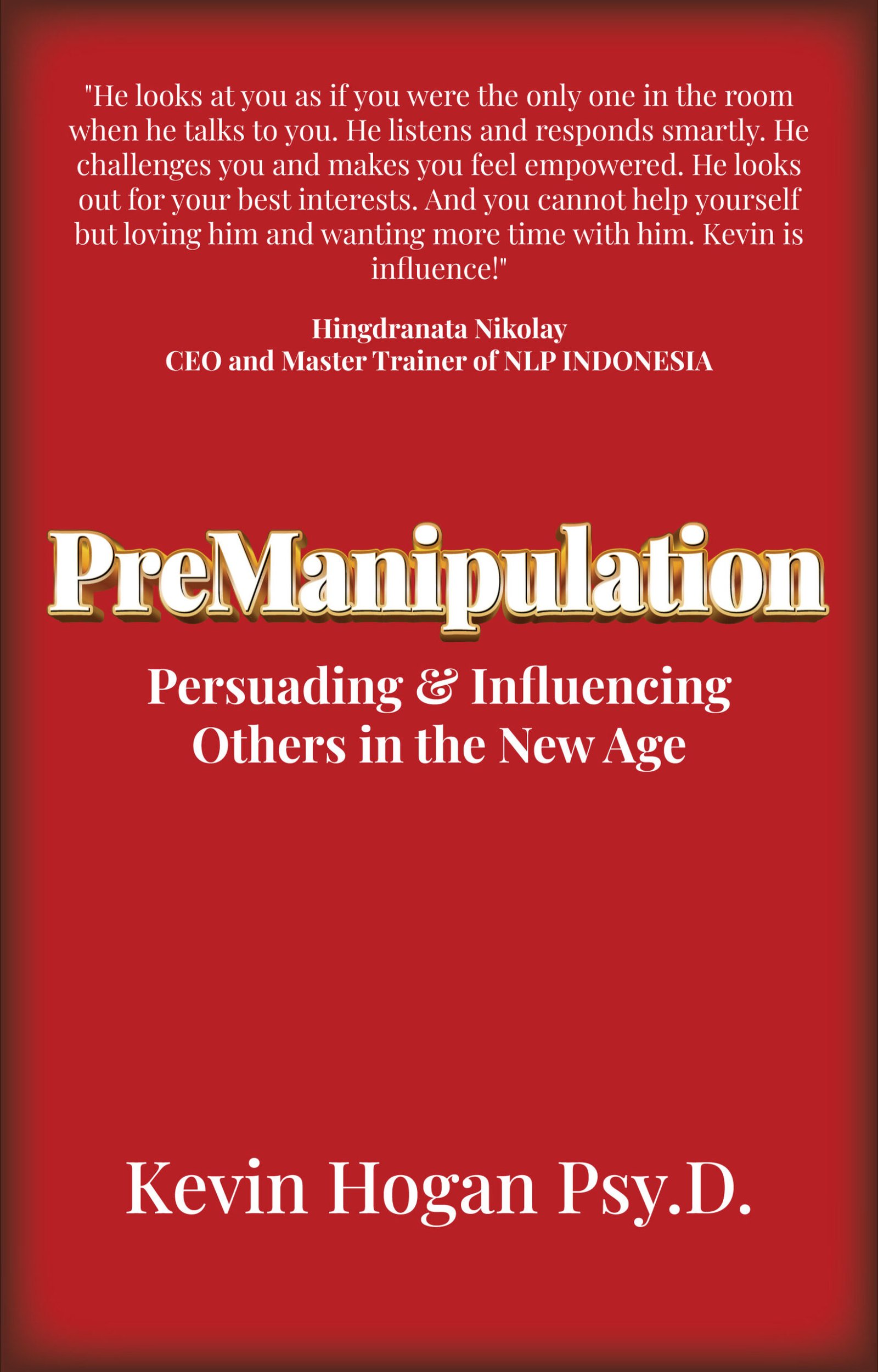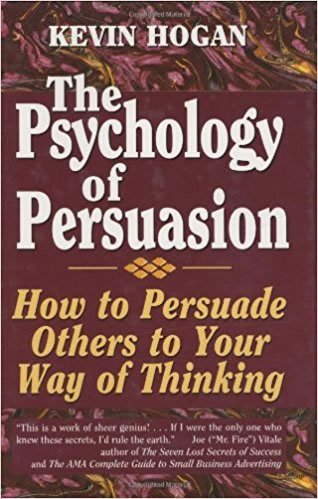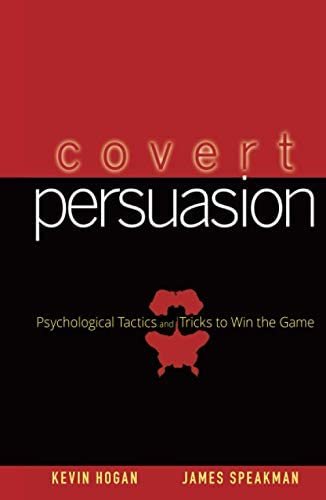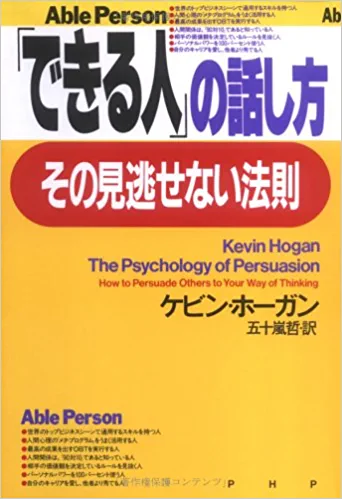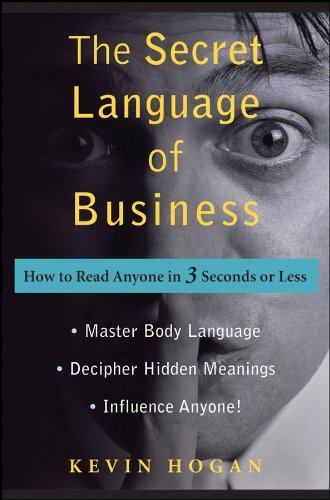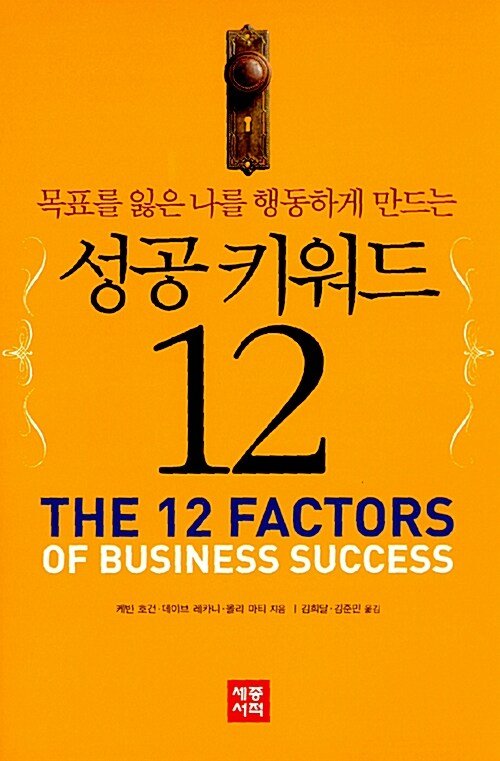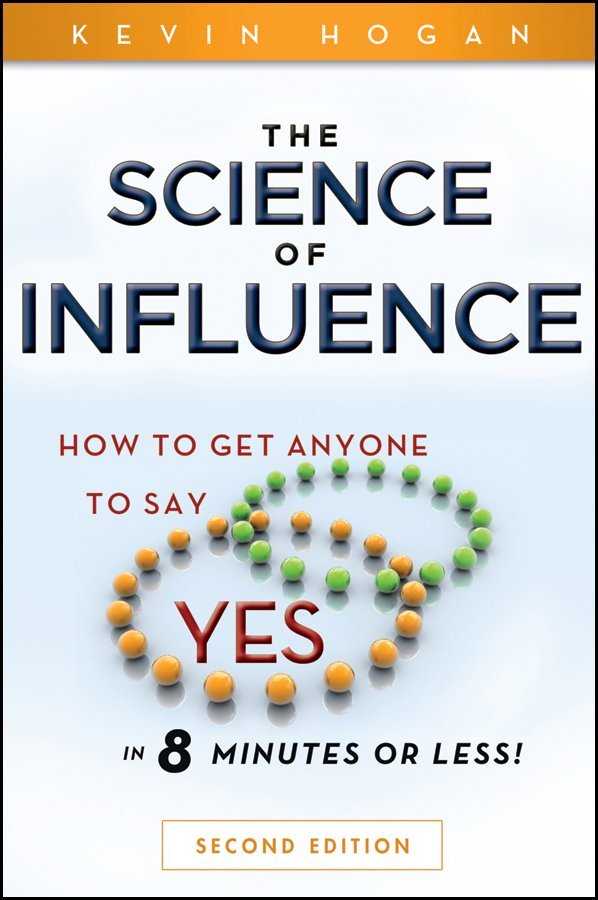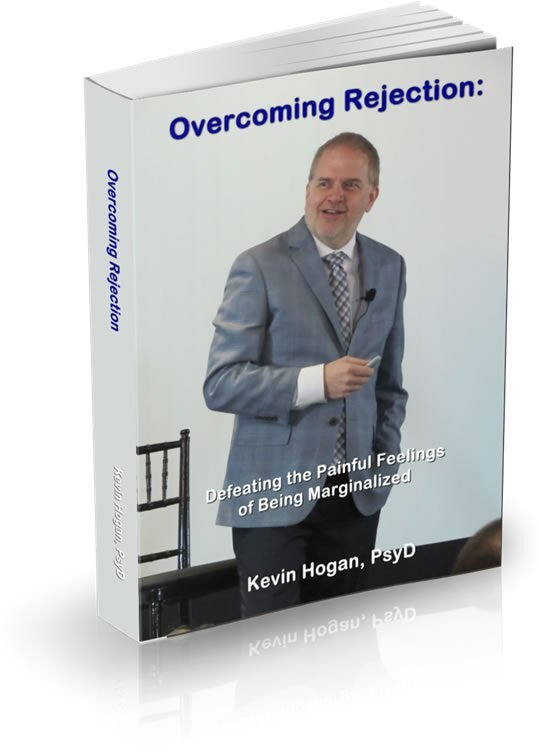Oscillation.
It’s a technical sounding word…a strange word…and it is one of the best kept secrets in human influence. None of the gurus of persuasion or influence talk about oscillation (and frankly they probably don’t know what it is). Why, if not ignorance?
First, it probably is forgivable ignorance but second, if anyone did understand oscillation they certainly wouldn’t put it “out there” at no charge…well no one aside from me!
Very few people who understand oscillation want anyone else to really grasp the concept. Oscillating beliefs and values are key in successfully understanding and persuading others.
Let there be no doubt. There are “secrets” in persuasion that no one wants you to know. I call them “level one secrets.” These core concepts of advanecd persuasion technology and influence like the Omega Strategy, Anticipated Regret, and the Elaboration Likelihood Model. They really aren’t “secret,” but they clearly are largely unknown by even the best marketers and salespeople. To my knowledge you have only received this first level information from me in Coffee with Kevin Hogan and in depth with applications in the ongoing Science of Influence program. These closely guarded facts of human behavior are available from very few who are willing to reveal them publicly. And then there are “level two secrets.” These are the kinds of things that frankly no one who is on the inside…wants you to know about.
Second level “secrets” are those that are even more protected. They really are “secret.” Third level knowledge is the highest and most closely guarded. No one will put this material in public without a substantial “reward.” The information here deals exclusively with oscillation and how to utilize it in every aspect of communication. Level two…and fasten your seat belt!
As you learn about what Oscillation is and how to manage it in other people, I want you to keep the following in mind:
Core Concept: Yes! Is not a true and final decision. It is agreement or affirmation to a “proposal” at a particular instant in time… and you had best seize the moment.
Had you asked for a response five minutes earlier or later, you almost certainly would have received a different answer with a very different degree of certainty or uncertainy…regardless of what the question was!
Remember when you were 16 or 26 and you were in that moment where you were probably going to be intimate with someone else? Your heart pounded. You knew you could get pregnant, or get her pregnant, or get AIDS or syphilis. You had always thought you believed that you would never have unprotected or possibly premarital sex.
Perhaps you:
Thought it was “wrong”.
Knew it was “against your religion.”
Would never take the risk of acquiring a life threatening disease.
Would never take the risk of becoming pregnant.
Believed you should wait to have sex until you were married.
Were waiting for “the right person.”
Remember? Your beliefs were strong. Firm. Written in stone. You could have preached the sermon about whichever of these beliefs you held close and lived by. (If this specific example is foreign to you, simply think of the other firm beliefs you had that you violated within a matter of seconds or minutes of “thinking.”)
And then you were in the moment. And you had this experience that was something you knew you wouldn’t do, but you did. Upon reflection, you were surprised at your behavior. Perhaps you were shocked. You now had to try and justify your actions in some way or determine that what you originally believed was wrong. An internal mess. Remember?
Let’s examine what happened on “that” day:
- You held a powerful, intense, unwavering belief for a long time.
- You knew that you would never behave in a different fashion than what you believed.
- With only minutes of consideration, you violated a belief you had for years and perhaps your life.
Afterward: You wondered if you really knew “who you were” or not…or worse, experienced tons of guilt because you so easily and instantly wavered on something that was a belief that defined who you were. About this remarkable subject, you never oscillated or vacillated in the past. You were always absolutely certain about what you believed and how you felt. You knew you could never behave in any other way than what you valued and believed. It was as impossible as a mean reaching the moon in the 1960’s.
And then you did “it.”
How is that possible?
I use this extreme example to begin our discussion of oscillation because in this example there is essentially no oscillation until the minutes before “the” moment. Then all of a sudden the wavering begins and it is often experienced as scary because conflicting beliefs now begin to enter the mind. Back and forth, pro and con. Strong feelings/emotions overcome what we might call “rational thought,” and a lifetime of certainty is transformed after minutes of oscillation to a completely different behavior.
In this case, there is no oscillation, then there is a burst of oscillation and indecision (often accompanied by confusion), and then a specific behavior. After the behavior, something must happen to make the individual “whole” or “congruent” again. The person must reconcile the behavior with the previous beliefs by either establishing new beliefs, condemn themselves, or return to their old beliefs with a renewed vigor realizing they have “not been themselves.” The oscillations after the behavior are often as dramatic or more dramatic than those prior to the behavior.
What follows is a completely different example that illustrates this critical point.
You don’t really know… until you think you know… and then you think you’re smarter than you are!
(If you don’t understand football, you may want to forgive me in advance and dig in for the next three paragraphs…)
When I first looked at the Super Bowl 8 months ago to handicap it, I determined the number should be Oakland -3 at a neutral site. San Diego isn’t really quite neutral as the proximity to the Bay area vs. Florida certainly favors Oakland. I thought the number should be bumped a point or two perhaps to as much as 5. In Vegas the number opened at 5 and got bet by the pro’s (smart money bettors) down to 4 where it stayed until the Sunday of the game.
Important digression: I have a model I use to handicap football games. One of the key elements which led me to pick New England 18 months ago was the likely number of turnovers in the game. (The other most important factors are yards per pass for/against.) This year, I concluded, Tampa Bay should be the recipient of about one more interception than Oakland. That means if the two teams played millions of times, Tampa would win about 55-60% of the time. So, my money goes on Tampa Bay. (There are other factors that are analyzed in this tough to call game but that isn’t the point of this article!)
As soon as I laid…a significant number of dollars on Tampa Bay, my mind started find additional data to support the decision to bet Tampa Bay. Now as I thought about it, 9/10 of all my thoughts supported my decision to bet Tampa. This large volume of unconscious justification about a decision that is almost a flip of a coin in true probability is uncalled for based upon real world evidence. My emotions started to selectively filter out reasons to bet on Oakland and support my expensive choice of betting on Tampa Bay.
It took me 6 hours to finally bet the amount of money I did. I vacillated between taking the offensive Oakland scoring machine vs. the solid as a rock (Tampa) defense. Back and forth. Then when my “gut” said Tampa more often than not, I ran the numbers and they also pointed to Tampa Bay. Then as time went on in the week, I became “more certain”…which of course is only an illusion because it isn’t based on real world evidence. Only feelings and justifications. (In this case Tampa was kind enough to actually win and allow me another problem which is believing you are better/smarter than you really are! But, that’s OK, I got paid…)
Here’s what happens: There is typically an arbitrary decision point that is set in almost every negotiation/communication/decision. (I have to know today. If we don’t have a deal by the 31st, I let someone else have it. If you buy today you get 10% off.) A decision needs to be or probably will be made. In some cases, if an obvious decision isn’t instantly made (Yes, I will pull over for the police officer because I don’t want this ticket to be higher than it is now.) things could get worse. Almost all decisions that require conscious thought (most decisions require no thought or conscious attention at all) find people oscillating back and forth as to what to do, especially BEFORE the decision point.
Realize that people would make a very different decision at 5:00PM than at 5:05PM on something that goes back and forth a lot in the mind! People literally “change their mind” as each moment passes in many decisions. Unless people have firm beliefs as discussed earlier in the decision to have sex, people are constantly oscillating on decisions. Back and forth. Back and forth. Sometimes with varying degrees of intensity. “No, absolutely not.” That was today. Then tomorrow, “Well maybe.” Then the next day: “I don’t think so, it’s possible.”
You can see the pendulum swing back and forth, or the child on the swing go higher or lower. More important for our discussion is that oscillation is not only a day to day experience. It is a moment to moment experience. “Yes” and “no” in varying degrees flip flop from moment to moment and minute to minute.
The oscillation will continue indefinitely unless a new stimulus enters the equation…and then any change is subject to further change.
Once persuaded to do anything there is definitely short term change in behavior.
Instead of doing one thing, a person does another. Instead of believing one thing, a person believes another. Nevertheless, people can and do regularly change even strong beliefs. The more public a person is with their belief/behavior, the more likely they are to maintain that belief. (The minister of the church is more likely to maintain his belief than the parishioner sitting in row 30 because of the weekly public exposition of his beliefs through sermons and prayers.)
Beliefs and behaviors that are not made public are more likely to change from future attempts at persuasion.
Someone who begins a diet plan and attends classes or meetings is likely to continue to succeed while attending the classes. As soon as the person stops attending the classes or going to the meetings, the chances are greatly increased that they will stop their weight control program and revert to old beliefs and behaviors.
The more people and the more important those people’s opinions about a person are, the more powerful the desire one has to keep the new belief or behavior consistent with their new belief.
Is there anything we can reliably predict will happen after a person has been persuaded?
Yes. Once someone has been persuaded there is a very good chance they will go through oscillations of regret, sometimes so great that they will actually immediately change their mind again and cancel a purchase or not take a job they thought they should, for example.
You can virtually eliminate this specific reaction through the utilization of principles that allow someone to anticipate their regret prior to the decision point so that when they experience the change of belief/behavior they will expect it and react in a less intense fashion. Reducing resistance and anticipated regret are covered in detail in The Science of Influence volumes 2 & 3(Science of Influence Home Study Course).
How can you utilize the secrets of oscillation? Listen carefully to Volumes 15 & 16 of The Science of Influence which are in the Science of Influence 13-24 Home Study Course described below.
The Science of Influence. The Master’s Home Study Course. Volumes 13-24. (Part Two)
In the Master’s Home Study Course Part One (V. 1-12), you learned an enormous amount of cutting-edge material now coming to light in the field of influence. Now you are going to gain access to truly advanced information that has never been released to the public…ever!
The Delta Mind Control Model, for the very first time shows you how to begin, “middle” and end a communication that is designed to influence. You must know the syntax of persuasion to optimize your results. Most models of persuasion fail because they don’t take into account all the aspects of influence. The DMCM works because you are able to control the direction of your mind and that of your client or counterpart. As a rule of thumb you have about 8 MINUTES to create change in someone’s mind. You will learn precisely what techniques and strategies can be utilized at various stages of those eight minutes. You will finally have a working model for influence that you can put all the other techniques and strategies into.
Oscillation. Most people operate under the belief that what they believe is “real.” What’s interesting is that these beliefs constantly waver throughout the course of a conversation! Someone can tell you their beliefs are etched in stone and you can change their mind completely…in minutes if you know how! Understand oscillation and can utilize the techniques to direct oscillation you can begin to re-map anyone’s mind.
You will also learn about Strategy and Technique Placement, anticipated regret, confusion tech, FITD, DITF, masterful reframing, and more.
Science of Influence Volumes 13-24 with Advanced Home Study Manual.
For More Information or to Order.

